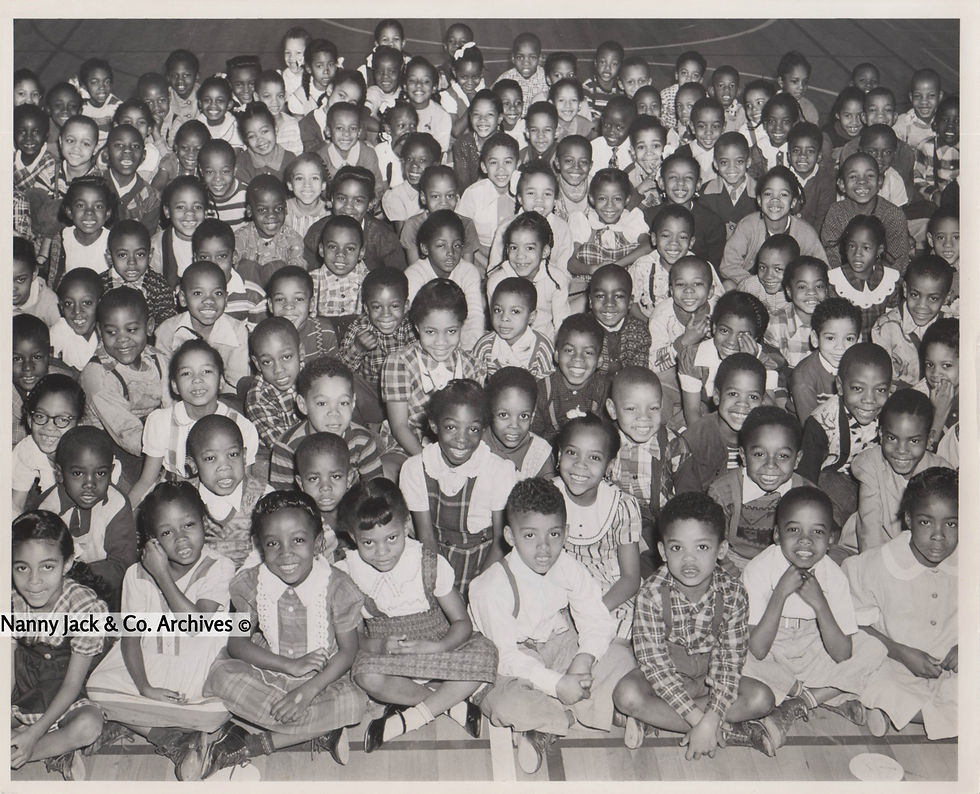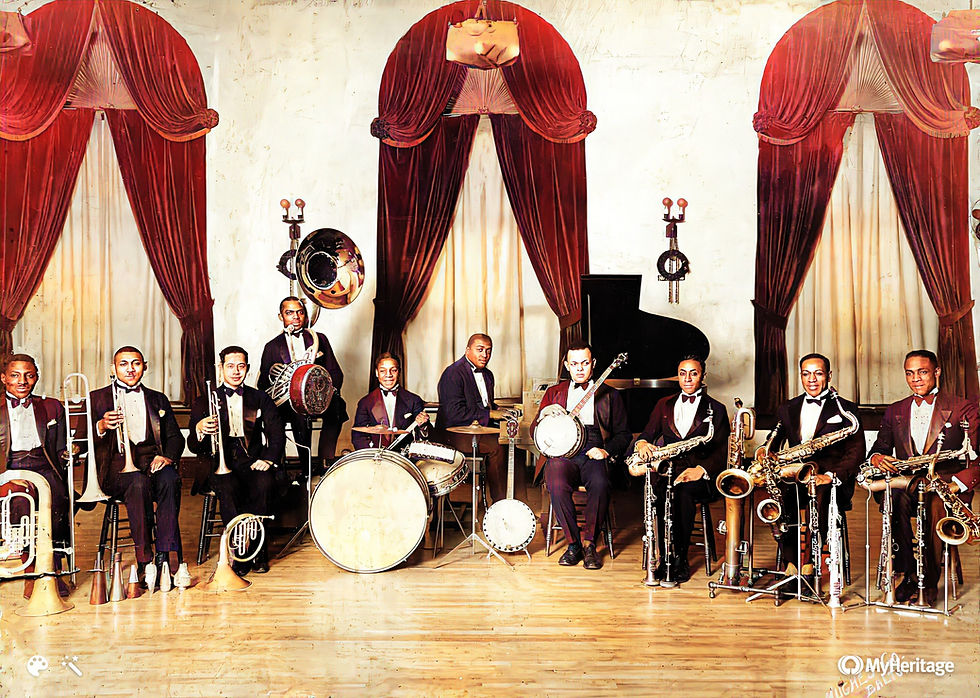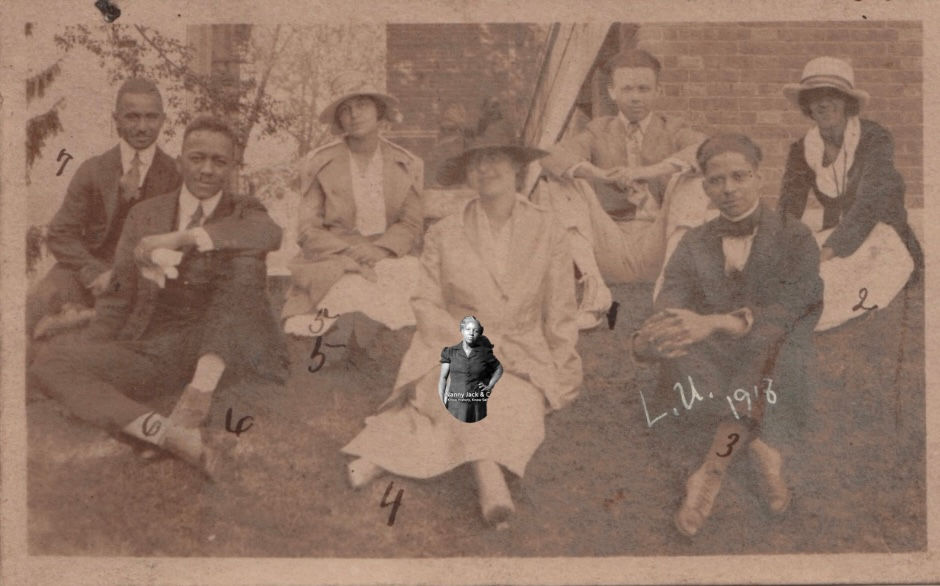All Smiles: School No. 161, Fannie L. Barbour Elementary School
- Philip J. Merrill

- Sep 20, 2019
- 2 min read
For Flashback Friday, enjoy this image from the old P.S. 161, Fannie L. Barbour Elementary School, Saratoga and Schroeder Streets, Grade 2A Baltimore MD. This comes from the Bureau of Publications of Baltimore City Public Schools Collection within the Nanny Jack & Company Archives. There are over 80 smiling faces in the photograph.
If anybody recognizes any of these students, please contact us.

Over a decade ago, the Baltimore City Public School System discarded thousands of slides, contact sheets, and photographs from the 1920s-1970s. The original space in its headquarters was needed for another purpose, thus it was cleaned out and thousands of images were trashed. The Nanny Jack & Company staff physically salvaged these images from the trash can. It's all about the old adage: One man's trash is another man's treasure.
The woman for whom the school was named was Fannie L. Barbour, a longtime educator in the Baltimore Colored School System and a 19th century graduate of the same school system.

She was born in Virginia in the late 1860s and was living in Baltimore by 1870, according to the census. In 1901, Barbour was transferred from School No. 112 (later known as William M. Alexander) where she served as vice principal, to the Colored High School (later renamed Frederick Douglass High School), where she was the English and mathematics teacher for over 30 years.


Over the years, Barbour lived at 931 Argyle Avenue and later moved to 1423 Madison Avenue. The Argyle Avenue residence is now part of a modern development known as Heritage Crossings and the Madison Avenue residence is still extant.
When she retired in 1934, The 1935 Douglass High School Yearbook was dedicated to her. The Rev. George Freeman Bragg wrote an editorial in the Afro American Newspaper (Baltimore, MD) in which he said: "The community can scarcely realize its indebtedness to Miss Fannie L. Barbour...her wonderful triumph of proving the ability of our people to qualify as teachers, paved the way for a complete revolution with respect to the educational interest of her race."
Upon her death in January 1936, tributes from former students, educators, and community members populated the pages of the AFRO American newspaper. Dennis A. Forbes, a 1906 graduate of the Colored High School and head of the Science Department at Tennessee State Teachers College (now known as Tennessee State University), said that "Fannie Barbour helped me more than them all. God alone knows the way she has directed my life. She has been a great guiding star and I pray that in some way a picture or bust of Miss Barbour will stand forever somewhere in Douglass High School so that the radiance from this bright and beaming star will guide other students as they make their way through the world."
Her funeral services were held at Madison Street Presbyterian Church and she is interred at Mount Auburn Cemetery (Baltimore, MD), which is also known as the City of the Dead for Colored People.






Hello, my name is Annette Grooms. I did attend school number 161 up to the fifth grade, and after that, my mother moved us to Montgomery county. One of my siblings and I was talking about 161 and I thought I’ll look it up on the website, what a surprise to see the picture of the schools and the memory we had. Thank you for getting those photos from the trash.